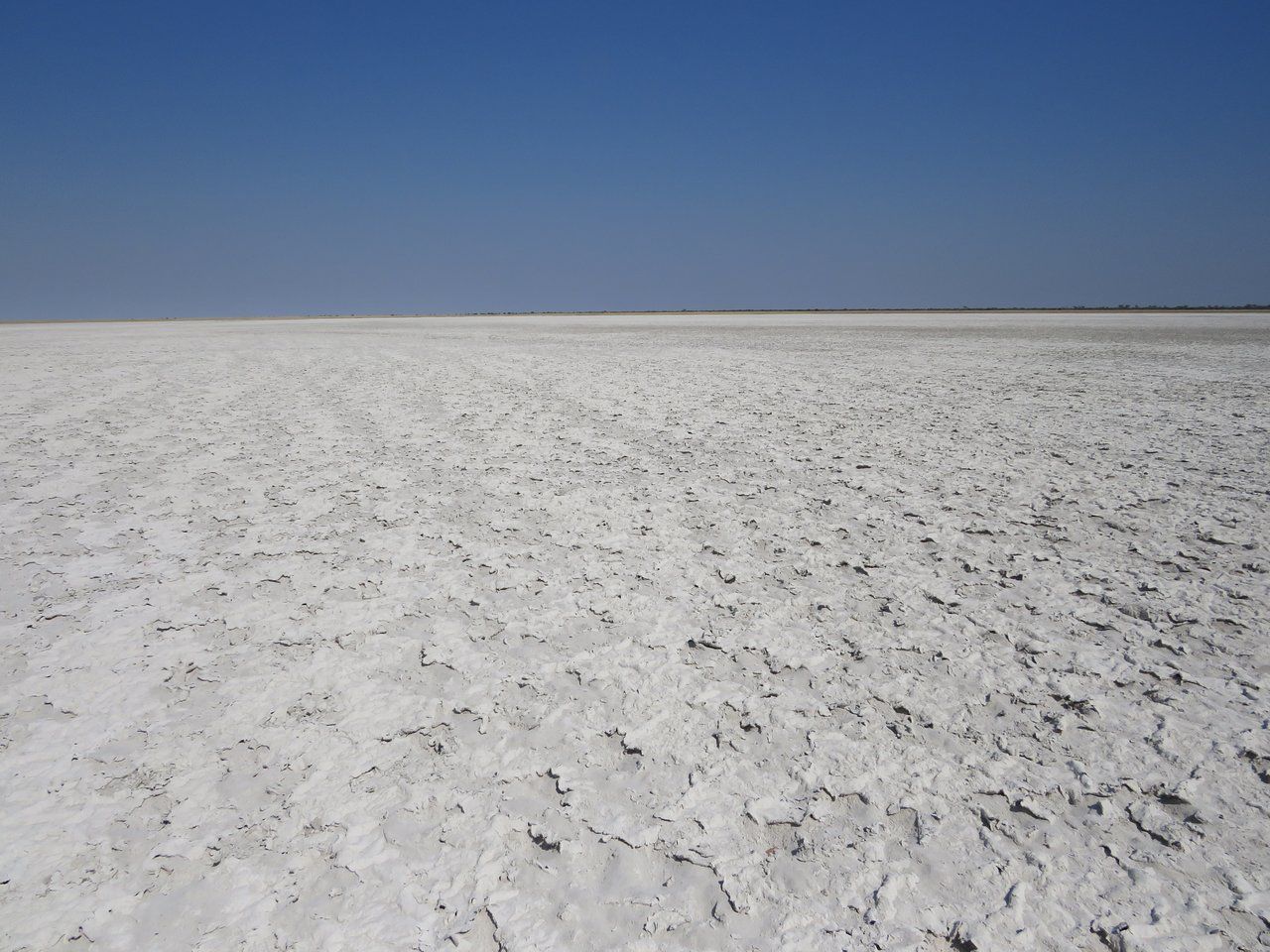This is a difficult call to make, as the Makgdikgadi Pans are truly spectacular all year round. Choosing the best season to visit will depend on what you wish to see, and at The Travel Cafe we definitely have our favourites.
Summer (December to March): This is the rainy season in the Makgdikgadi Pans. You will typically get short but intense rain showers, which won’t throw your plans around too much. The safari fanatics will tell you this is the best time to go because the Makgdikgadi Pans explode with life after the rains. In a rhythm as old as time, zebras arrive in their thousands, flamingos flock to the water-logged pans and many animals who remain hidden all year long are suddenly in plain sight, frolicking in the water. Summer is a pretty magical time! However, the heat is at its peak, with temperatures up to 40°C / 105°F being very common, which might be unpleasantly hot for some.
Spring (September – November) and Autumn (April – May): Our favourite time to visit the Makgdikgadi Pans is either autumn or spring, depending on what you’d like to experience. Autumn will be better from a wildlife point of view, as you will still catch the migration of maybe even the flamingos, while spring is a great time to experience the pans in their arid lunar landscape-like state but without icy nights.
During spring and autumn, both evening and daytime temperatures ar milder compared to winter or summer, with daytime temperature hovering around 30°C / 85°F. Another good reason to go in spring or autumn is because those are the best months to combine The Makgdikgadi Pans with the rest of Botswana’s safari circuit, where summer is not the best season.
Winter (June to September): Winter is very pleasant and a beautiful time to visit The Makgdikgadi Pans. However, it is important to know what to expect as winter and summer are worlds apart in the Makgdikgadi Pans. Winter will allow you to admire the raw and imposing beauty of the dried salt crust, you can quadbike, sleep under the stars and walk across this flat otherworldly landscape. But there will be hardly any wildlife to see except for a few meerkat. Winter is as exciting in the Makgdikgadi Pans as summer, it is just a very different kind of experience.












